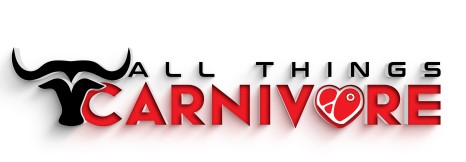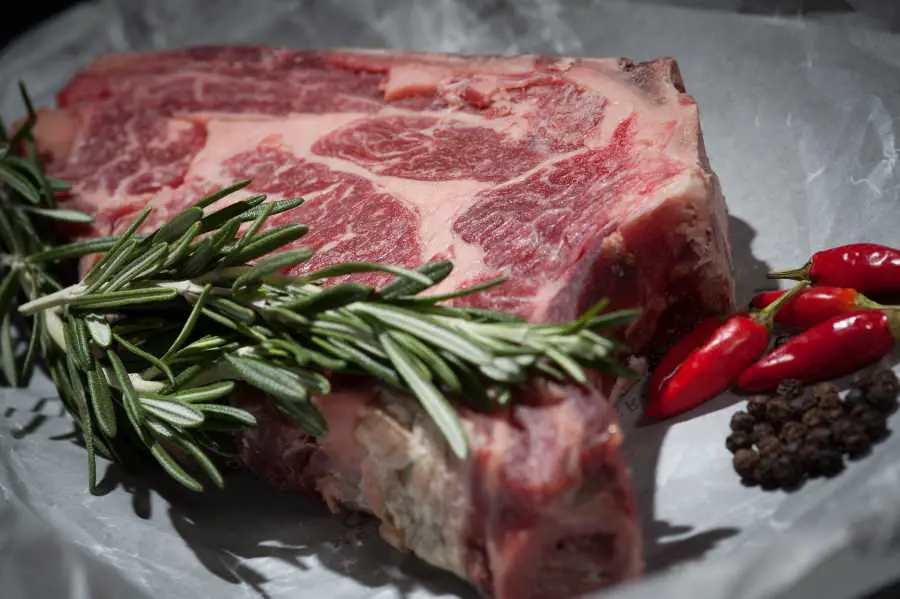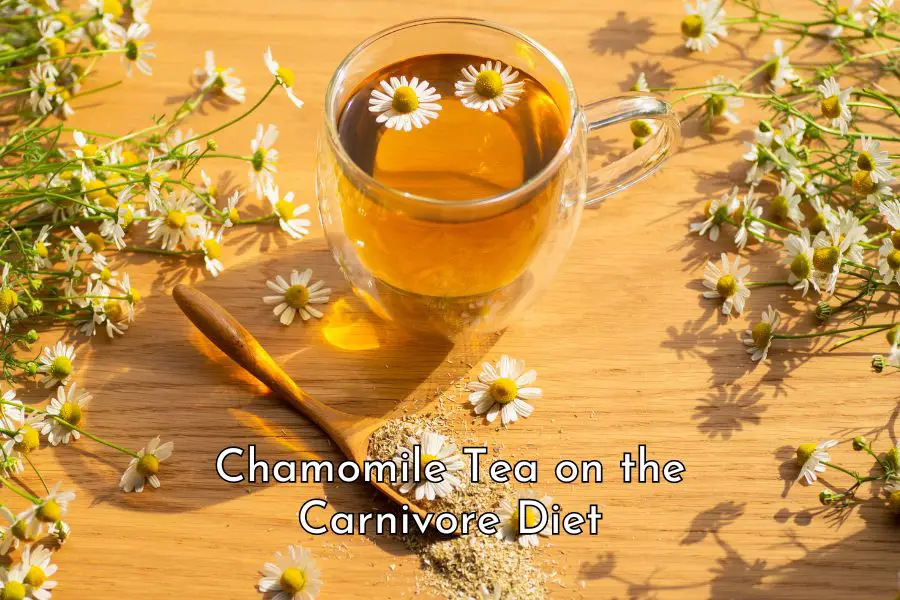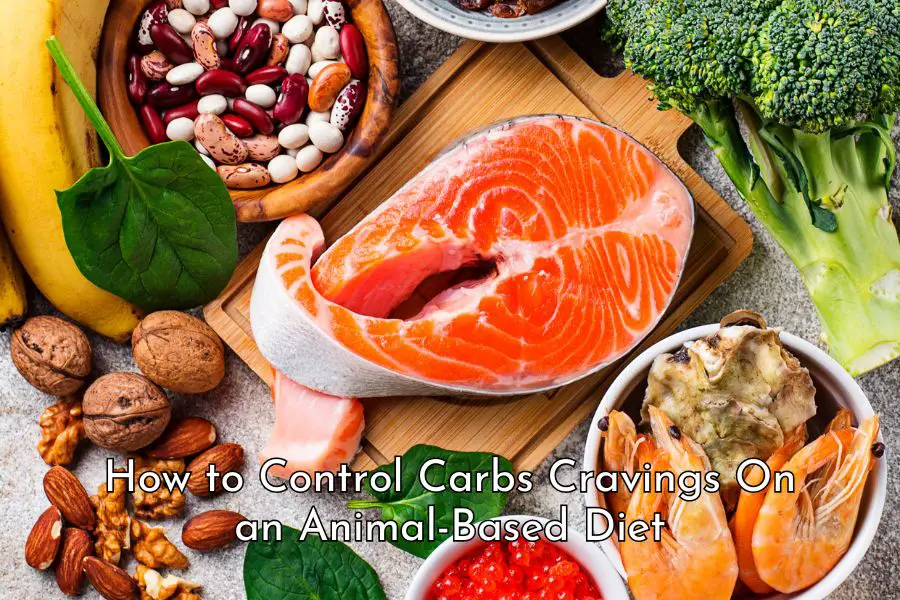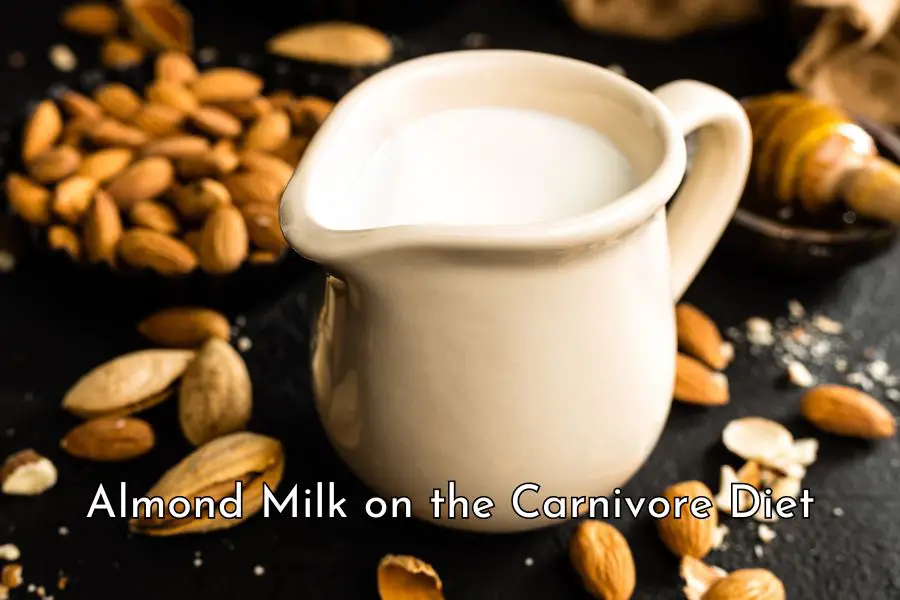It is important to get enough fat on the carnivore diet because fat is your main source of energy. However, due to decades of fat fear-mongering, meat on sale at grocery stores often has its fat trimmed off and ends up being too lean.
As a result, in order to get enough fat on the carnivore diet, you likely need to specifically look for fatty cuts or buy extra animal fats to supplement.
This post is a visual guide to help you get enough fat on the carnivore diet.
It shows images of popular meat cuts and assesses whether those cuts would have sufficient fat on them and whether you need to add extra fat.
As a general guide, unless you can see substantial visible fat on the meat accounting for at least 20% of the total meat volume, you will need to add more fat to your diet.
Why getting enough fat is important on the carnivore diet
Fat is important on the carnivore diet because, in the absence of a significant amount of carbohydrates, your body must rely on fat for energy.
While protein can be converted to glucose on an as-needed basis via the glucogenesis process, protein’s main function is to repair and maintain body tissues and is not a primary fuel source.
Too much protein and not enough fat can lead to protein poisoning or “the rabbit starvation syndrome” due to the liver’s limited capacity to deaminate proteins. [1]
In addition to providing energy, fat helps your body absorb fat-soluble vitamins such as vitamins A, vitamin D, vitamin K, and vitamin E. [2]
Some fatty acids such as linoleic acid (omega-6) and alpha-linolenic acid (omega-3) are also essential because your body can’t make those and must rely on dietary sources. [3]
How much fat you need and what is the best fat to protein ratio can vary widely from person to person.
Some people, especially those who have a high muscle mass percentage and work out often, can handle a lot more protein than other people.
However, based on what I have read so far, most people reported feeling best on a fat-to-protein ratio of around 70% to 80% calories from fat and 20% to 30% calories from protein.
If you are in the above category, untrimmed rib eye and budget ground beef are the best options because they deliver close to the above fat-to-protein ratio.
A visual guide to getting enough fat on the carnivore diet
Below are images of common meat cuts and their protein and fat contents.
As a general guide, when choosing meat cuts, look for those with good marbling and plenty of white fat. Altogether, the white fat should account for around 20% or more of the total meat volume.
The meat choices that give you a good fat-to-protein ratio are untrimmed ribeye steaks and budget ground beef.
Most other meat cuts are generally too lean and you will need to pair them with fattier cuts like ribs, belly, or animal fats in order to get enough fat in your diet.
1. Ribeye steak (aka Scotch fillet)
Ribeye steak is a boneless steak from the primal rib section which lies between the shoulder and the loin.
Ribeye steak has around 18 grams of protein and 22 grams of fat per 100 grams. [4]
This will give you around 70%-80% calories from fat and 20% to 30% calories from protein.
Because of its ability to deliver a good fat-to-protein ratio as well as great flavors thanks to its high-fat content, ribeye steak is the favorite meat cut in the carnivore community.
However, not all ribeye steaks are the same. If you can buy untrimmed ribeyes from a local butcher which has a lot of fat on them, great.
If you can only buy trimmed ribeyes that are a bit leaner, serve with a bit of gravy, butter, tallow or pair it with fattier meat cuts such as lamb ribs.
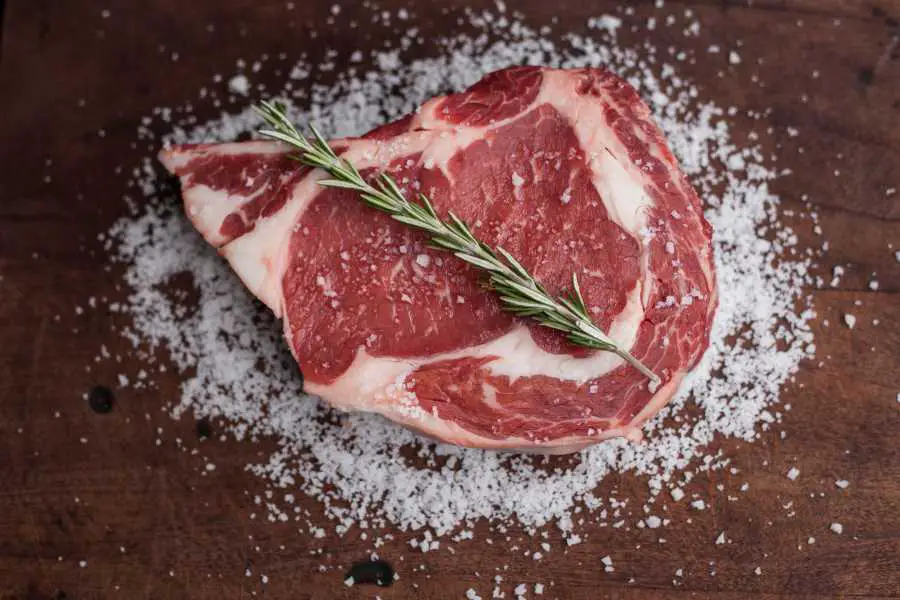
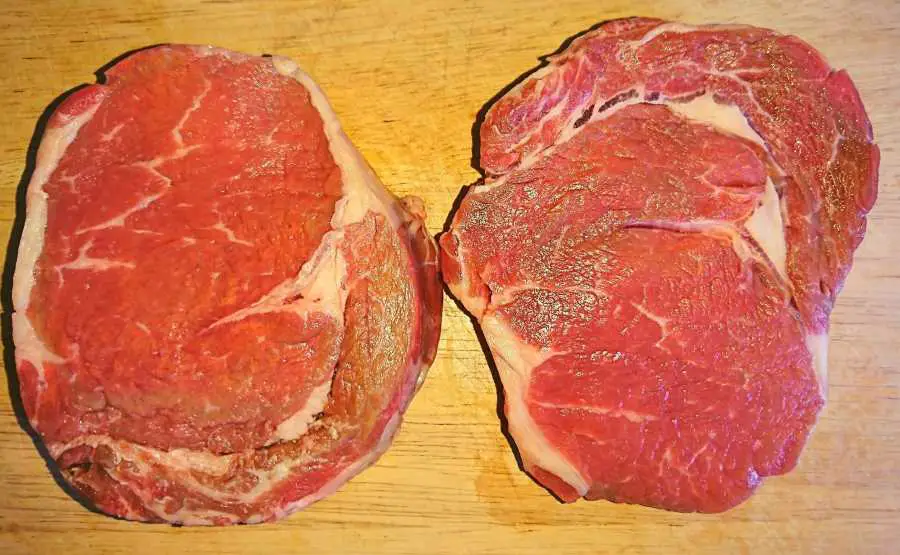
2. Sirloin steak (aka rump steak)
Sirloin steak is relatively tender, a bit leaner, and less pricey compared to ribeye steak.
Sirloin steak has around 20 grams of protein and 14 grams of fat per 100-gram serving. This will give you around 60% calories from fat and 40% calories from protein. [5]
Some people do feel fine with this higher level of protein intake.
Sirloin steak could be a good choice for people who are trying to lose excess fat. Swapping fattier cuts for leaner cuts in one of the daily meals can help you reduce overall calorie intake and forces your body to dig into the fat reserve.
However, if you like fattier cuts and can’t afford ribeye steaks, get some beef fat from the butcher to accompany leaner and cheaper cuts like sirloin steaks.
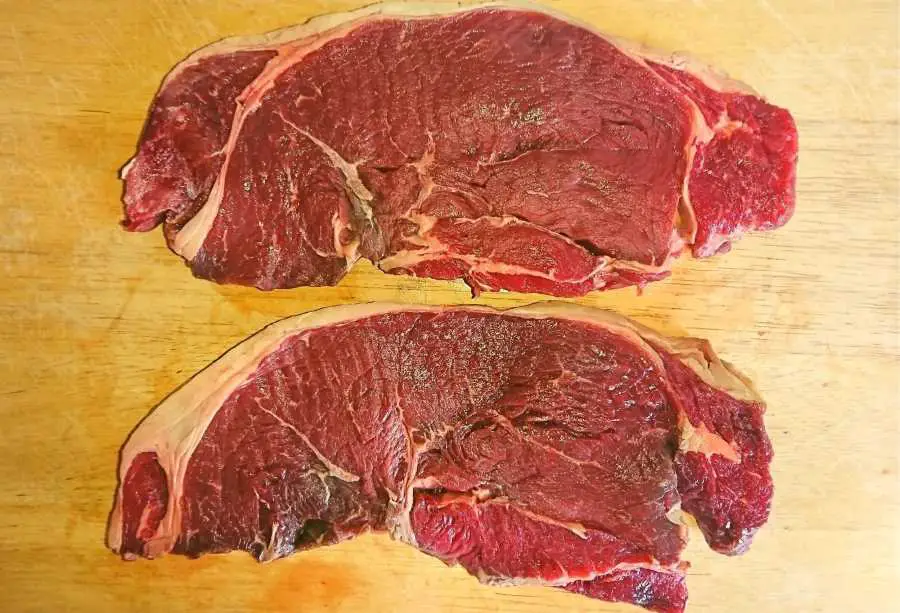
3. Blade steak
Blade steak comes from the shoulder section of an animal.
Because it comes from a hard-working muscle in the shoulder, blade steak is relatively tough with quite a lot of connective tissues.
Though you still can cook it like a normal steak, it’s more suited to slow cooking.
Blade steak is on the lean side, a 100-gram serving delivers around 19 grams of protein and 11 grams of fat. [6]
This will give you around 56% calories from fat and 44% calories from protein.
If you are aiming for 70-80% of total calorie intake from fat, you will need to add extra fat or pair it with fattier cuts like beef ribs, lamb ribs, pork belly, pork trotter, or bone marrow.
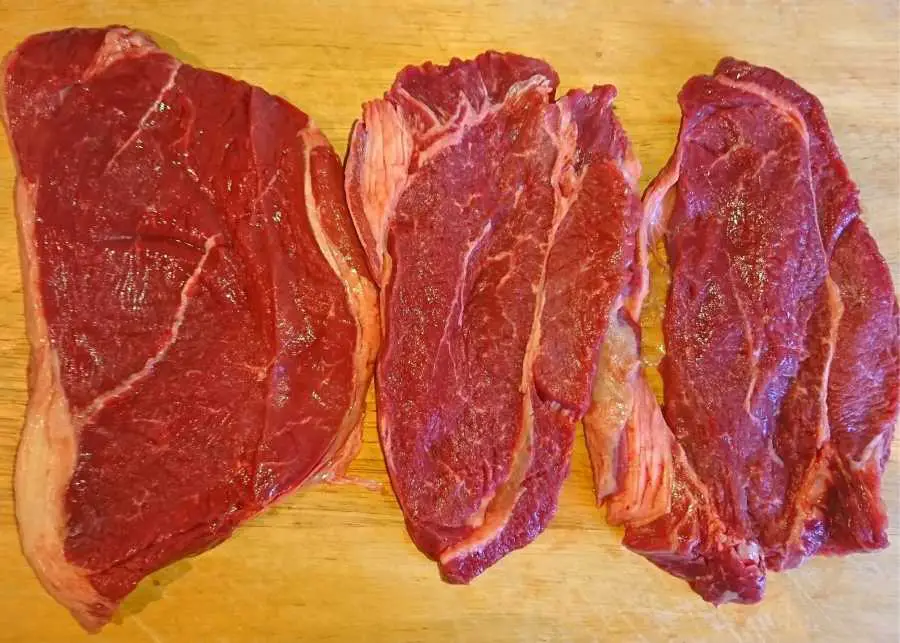
4. Beef tenderloin (aka eye fillet)
Beef tenderloin comes from the hindquarter of a cow. It is amongst the most flavorful, tender and expensive cuts.
Beef tenderloin has about 20 grams of protein and 18 grams of fat per 100-gram serving and this will deliver a fat-to-protein ratio of around 66:34. [7]
Similar to sirloin and blade steaks, unless you are trying to lose weight or increase muscle mass, you’ll probably need to pair tenderloin with a fattier dish or add some extra fat to your meal.
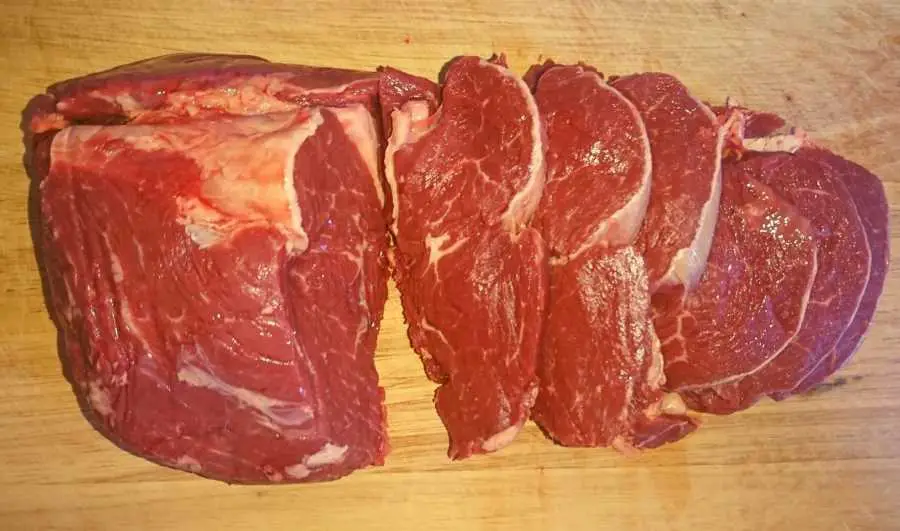
5. New York Strip Steak
Strip steak comes from the short loin of a cow and lies between the rib section and the hindquarter.
Strip steak is relatively tender with good marbling and a layer of fat around the edge.
Strip steak has about 19 grams of protein and 22 grams of fat per 100-gram serving and this will deliver a good fat-to-protein ratio of around 71% to 29%. [8]
However, its fat content can vary a lot depending on how much of the fat is trimmed off by the butcher.
If you can see significant visible fat around the edge of the steak like the one in the image below, the fat to protein is likely to be above 70%.
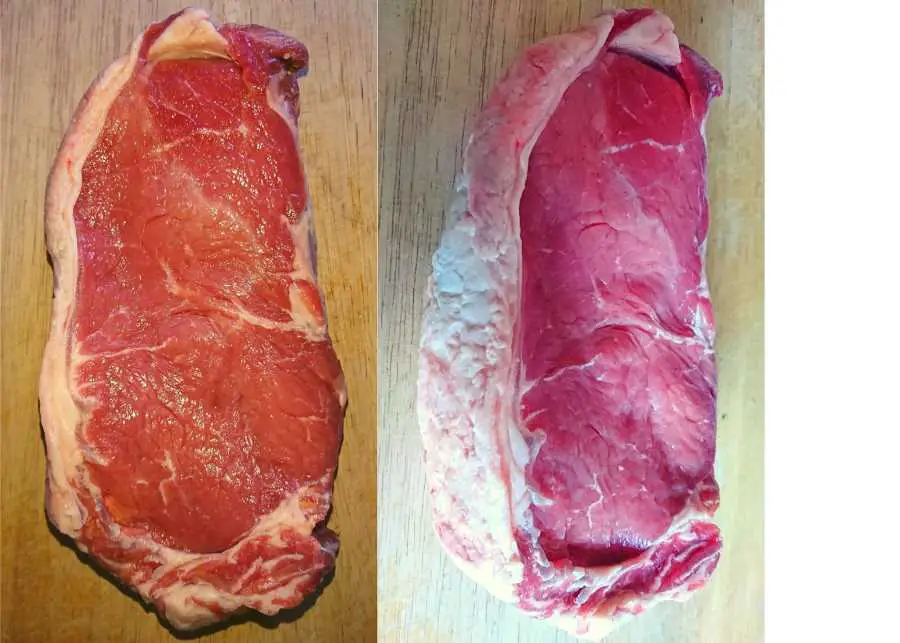
6. Lamb leg
Lamb leg is very lean. It has a thin layer of fat on the outside but the inside is mostly lean meat. Sometimes, you can find a lamb leg with more fat on but lamb leg is generally quite lean.
A 100-gram serving of lamb leg has 21 grams of protein and 6 grams of fat, giving a fat-to-protein ratio of 38:62 which is very low. [9]
You will definitely need to pair lamb leg with fattier options like lamb ribs, beef ribs, pork belly, pork trotter, bacon, oily fish, or suet.
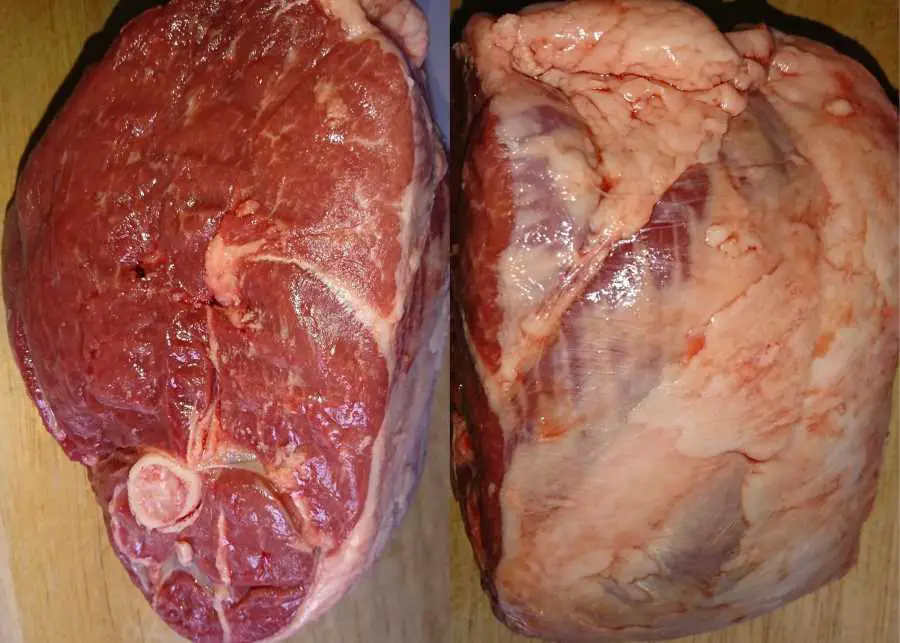
7. Osso buco (veal shanks)
Osso buco dish is traditionally made with cross-cut veal shanks that come from the top of the shin and have a high meat-to-bone ratio.
Veal shanks are also quite lean. The main source of fat comes from the marrow which is not a lot.
A 100-gram serving has 28 grams of protein and 8 grams of fat and you will need to pair it with a fattier dish to get enough fat. [10]
One option is to braise veal shanks in thick bone broth which usually has plenty of fat (assuming you don’t skim the fat off during cooking).
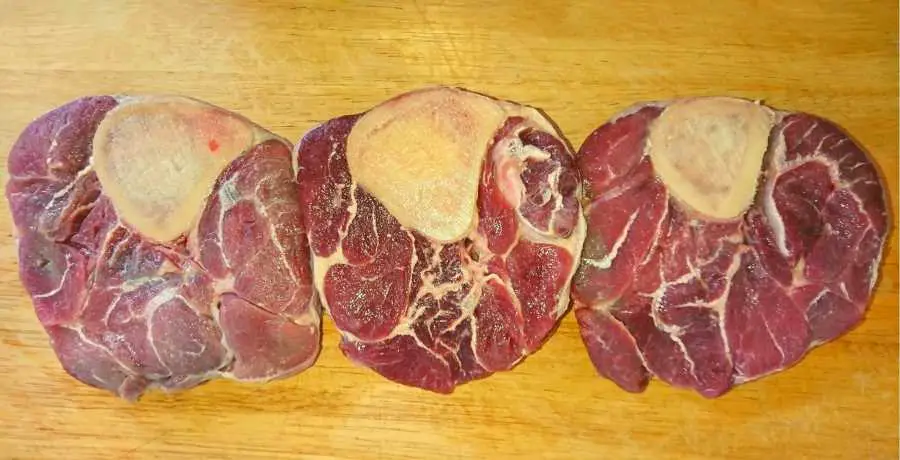
8. Eggs
Eggs are nature’s superfood and they have great fat-to-protein ratios of around 1:1 in grams.
The table below shows the protein and fat content per 100 grams of various types of egg. [11, 12, 13, 14, 15]
| Egg | Protein (g) | Fat (g) | Fat-protein ratio (cal) |
|---|---|---|---|
| Duck egg | 13 | 14 | 67:33 |
| Goose egg | 14 | 13 | 65:35 |
| Quail egg | 13 | 11 | 63:37 |
| Turkey egg | 14 | 12 | 63:37 |
| Chicken egg | 13 | 10 | 63:37 |
If you are aiming for a fat-to-protein ratio of 70:30 or higher, eggs are not fatty enough and you’d need to add a bit of extra fat. Frying them in generous butter or tallow will be enough to reach a 70:30 fat-to-protein ratio.
However, for people wanting a higher protein intake or trying to lose weight, eggs are a nutritious and perfect choice.
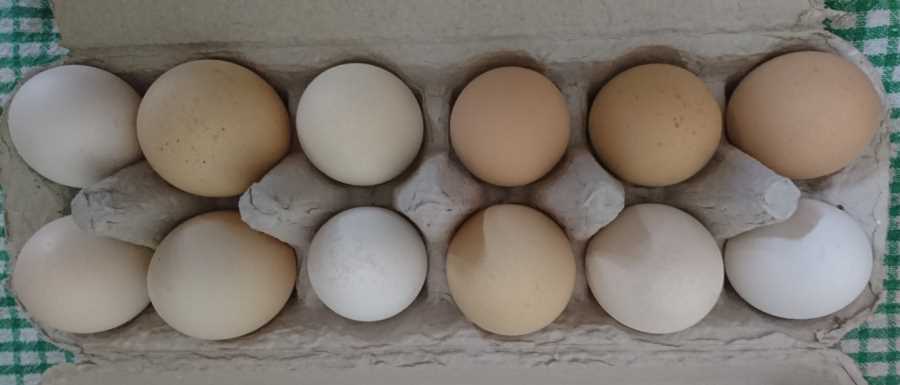
9. Ground beef
Ground beef can have different levels of fat and lean meat ratios.
For example, premium lean ground beef may have 95% lean meat and 5% fat, whereas budget ground beef may have around 75% lean meat and 25% fat.
Unless you are trying to reach your ideal weight, the humble budget ground beef with its high-fat content is one of the best foods to eat on the carnivore diet.
With 75% lean meat and 25% fat ground beef, you will get close to 80% of total calories from fat and around 20% from protein. [16] This is the fat-to-protein ratio that many people reported feeling best on.
Budget ground beef and organ meat can be a perfect combination for those on a tight budget: highly nutritious with just the right amount of fat at an extremely low cost.
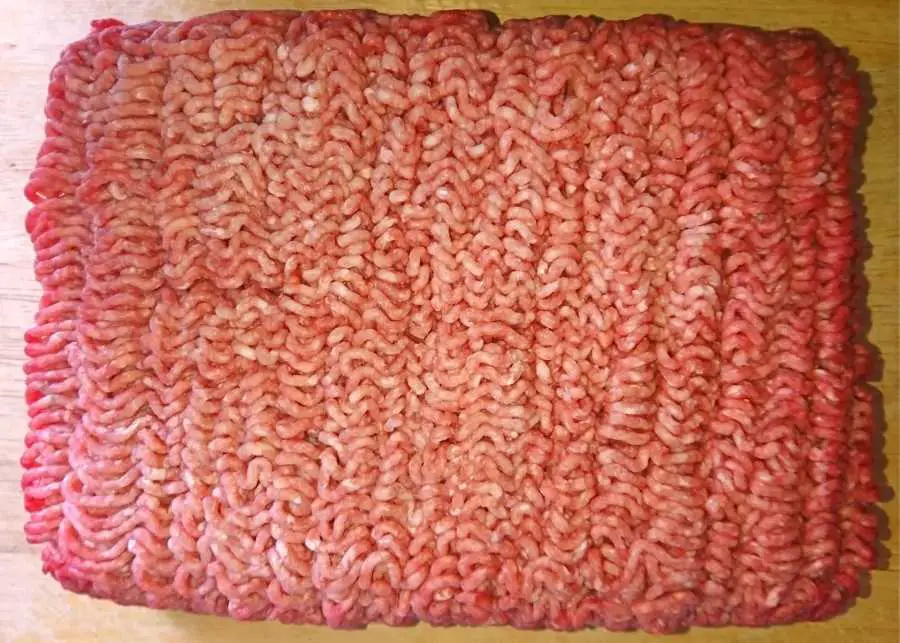
10. Beef, lamb and pork ribs
Beef, lamb and pork ribs are very high in fat.
For example, beef ribs have 16 grams of protein and 29 grams of fat in a 100-gram serving. [17]
Lamb ribs have 15 grams of protein and 30 grams of fat in a 100-gram serving. [18]
Pork ribs have 21 grams of protein and 22 grams of fat in a 100-gram serving. [19]
Due to their high-fat content, you will certainly get enough fat from dining on ribs alone. They will deliver 70% to 80% of total calories from fat, so they are great for those whose aim is to stay in deep ketosis.
If ketosis is not your aim, beef, lamb and pork ribs are still a tasty and affordable way to add more fat to your carnivore diet.
As mentioned above, meat in the supermarket is generally too lean and ribs are among a few fattier choices that you can pair with lean meat in order to get enough fat.
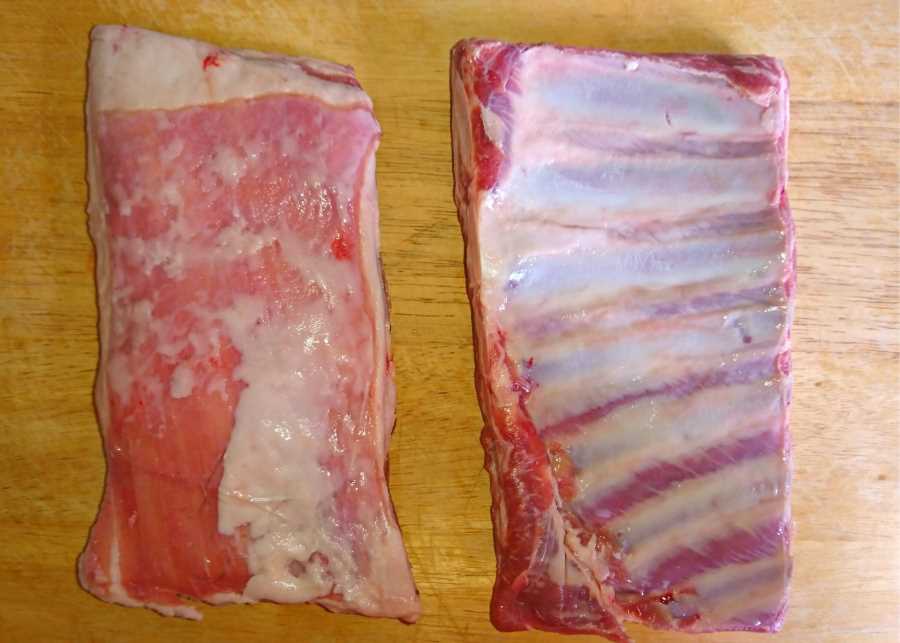
11. Lamb offcuts
Lamb offcuts are usually odd-shaped chunks of meat or meat trimmings.
I don’t have data on the fat to protein ratio of lamb offcuts. However, given a large amount of visible fat on them like those in the image below, their fat to protein ratios are likely to be around 80% or more.
If your goal is to stay in deep ketosis, lamb offcuts are very affordable and can help you achieve that goal easily.
Because they usually come with bones in, they are best for roast, stew or slow-cook recipes.
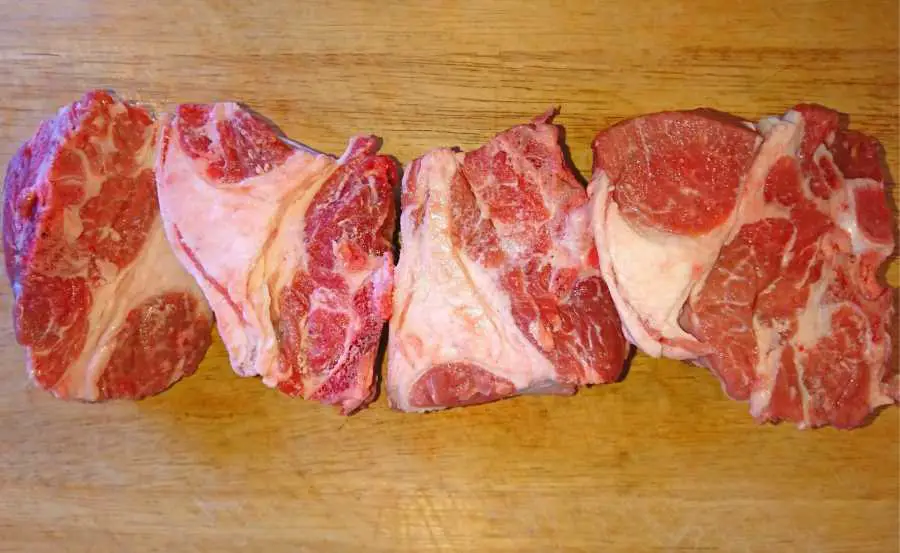
12. Pork belly
Pork belly has a very high-fat content.
A 100-gram serving of pork belly has around 9 grams of protein and 53 grams of fat and the corresponding fat-to-protein is a whopping 92% to 8%. [20]
Pork is very nutritious, however, because of the poor conditions in which conventional pigs are raised these days, pork is considered an inferior choice compared to beef and other ruminant meat.
However, if you can get pasture-raised pork, enjoy it on the carnivore diet as much as you like and pork belly is a very tasty way to add more fat to your diet.
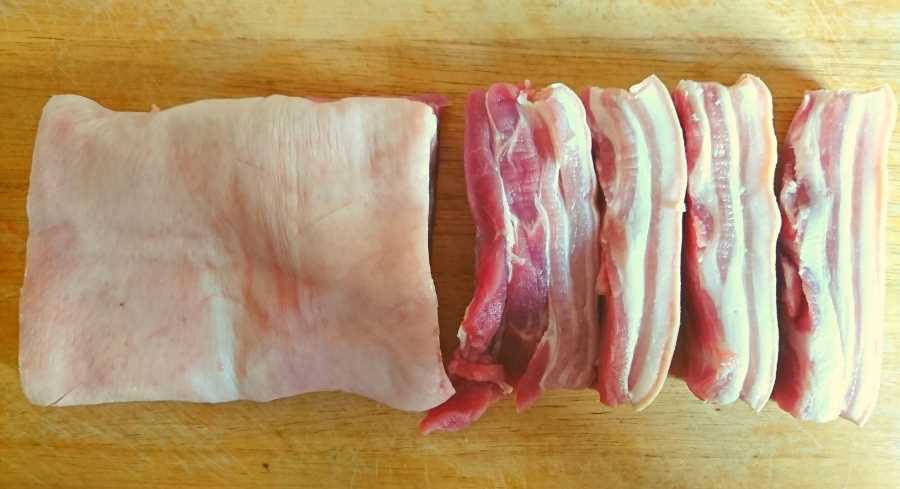
13. Bacon
Similar to pork belly, bacon is high in fat. A 100-gram serving of bacon has 12 grams of protein and 45 grams of fat, delivering close to 90% of total calories from fat. [21]
While it can help you increase your fat intake, because it is a processed meat that is high in polyunsaturated fat, it’s better to eat bacon sparingly. If you are after some fatty pork cuts, pork belly would be a better option than bacon.
If you enjoy bacon, use a small amount to add flavors to other dishes rather than eating it straight which can easily result in over-eating.
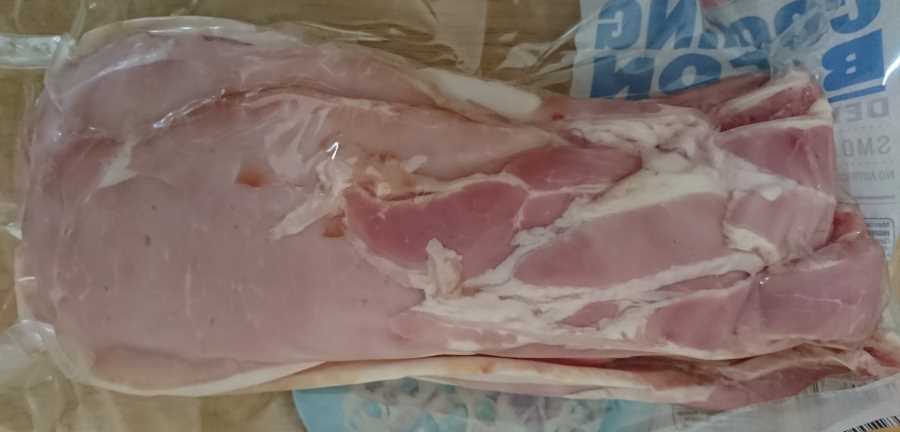
14. Beef fat
Beef fat is very cheap and some butchers even give it away for free.
Beef fat is a great way to add more fat to your diet if the meat you buy from the supermarket is too lean to your liking.
Beef fat is not just pure fat. There are about 8 grams of protein and 71 grams of fat per 100 grams of beef fat, the rest is water. [22]
You can slice the beef fat and fry it for a few minutes till it’s crispy and golden on the outside. It’ll go well with lean steaks or organ meat dishes.
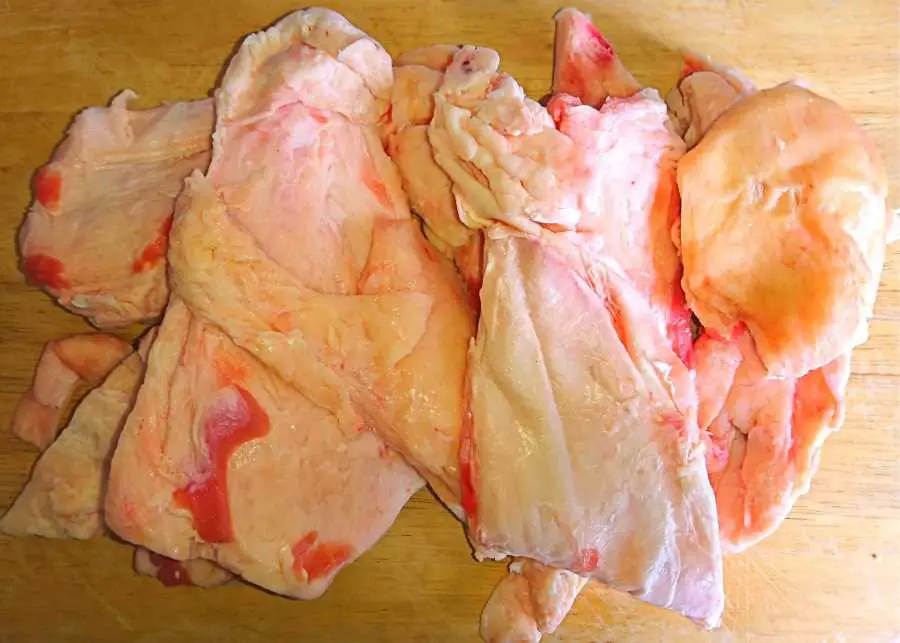
15. Lamb, beef and pork brains
Lamb, beef and pork brains are a great source of omega 3 fatty acids.
Though they look fatty, the fat-to-protein ratios of brains are similar to lean meat’s and in the range of 65-68% calories from fat to 32-35% calories from protein. [23]
You can fry them with a generous amount of beef tallow to bring the fat content up or pair them with fattier meat cuts.
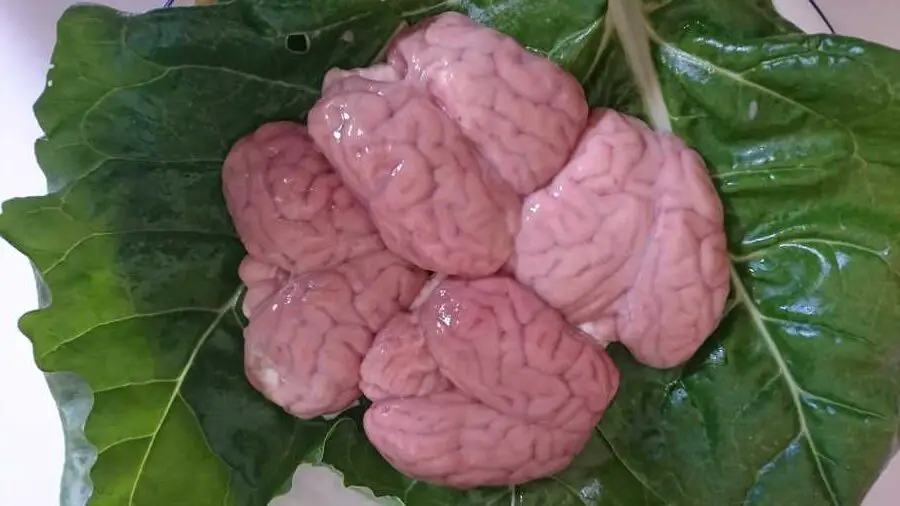
16. Organ meat
Organ meat like liver, kidney and heart is generally quite lean.
For example, beef liver has 20 grams of protein and 4 grams of fat per 100-gram serving.
Lamb heart has 17 grams of protein and 6 grams of fat per 100-gram serving.
Lamb kidney has 16 grams of protein and 3 grams of fat per 100-gram serving.
Because they are very nutrient-dense but very affordable, if you are on a tight budget, you can pair organ meat with budget meat, ground beef and beef fat to meet all your nutritional needs while keeping the cost low.
They are also great choices for those who are trying to keep calorie intake low to lose weight.
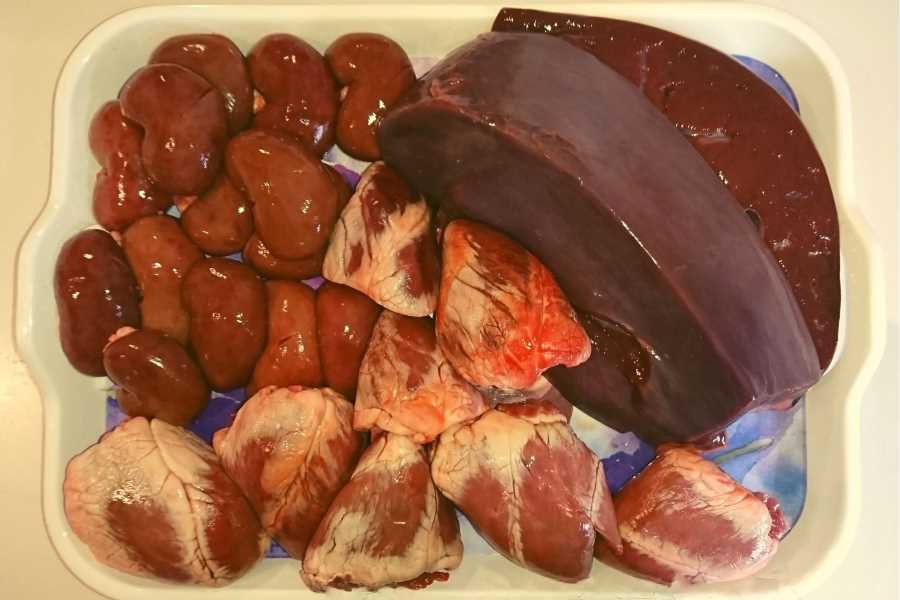
17. Bone marrow
Bone marrow is high in fat.
A 100-gram serving of marrow has 7 grams of protein and 84 grams of fat.
One way to enjoy bone marrow is to scoop it out, bake or fry till the marrow melt and use it as a dipping sauce for lean meat or organ meat. You can also roast marrow or make bone marrow custard.
In addition to being a good source of many vitamins and minerals, bone marrow is also high in calcium and can be a good source of calcium for those who can’t tolerate dairy.
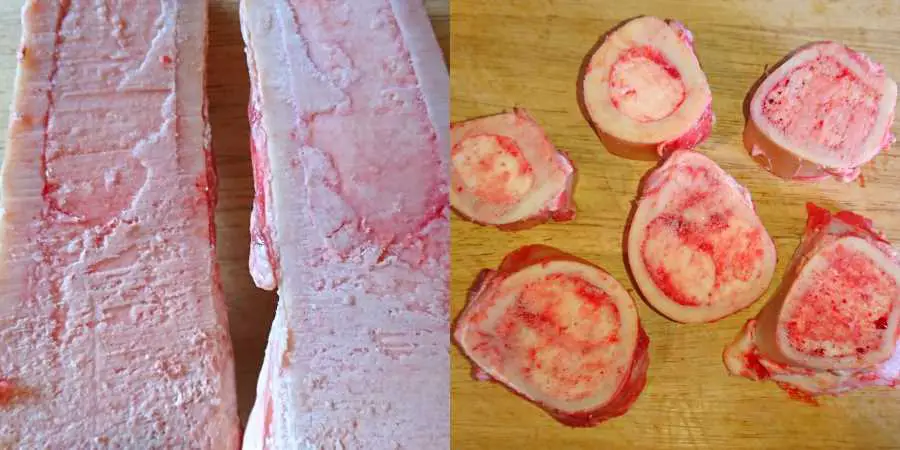
If you find this post helpful, please consider sharing this post and my site with your family, friends, and followers. That would be much appreciated. Please also check out my library of articles on the carnivore diet here which is updated regularly.
Disclaimer: The information in this post is for reference purposes only and not intended to constitute or replace professional medical advice. Please consult a qualified medical professional before making any changes to your diet or lifestyle.
Photo credit: The first and second photos are by Mali Maeder and Edson Saldana
